When it comes to trekking in Nepal, the Everest Base Camp Trek stands out as a remarkable journey that combines physical challenge with rich cultural experiences. Trekkers often start their adventure with a scenic flight to Lukla, then find themselves immersed in the unique Sherpa culture while navigating breathtaking landscapes. With acclimatization days built into the itinerary, they can take in the stunning peaks and ancient monasteries along the way. But what should one really consider before embarking on this expedition? The answer might surprise those planning to lace up their hiking boots.
Key Points
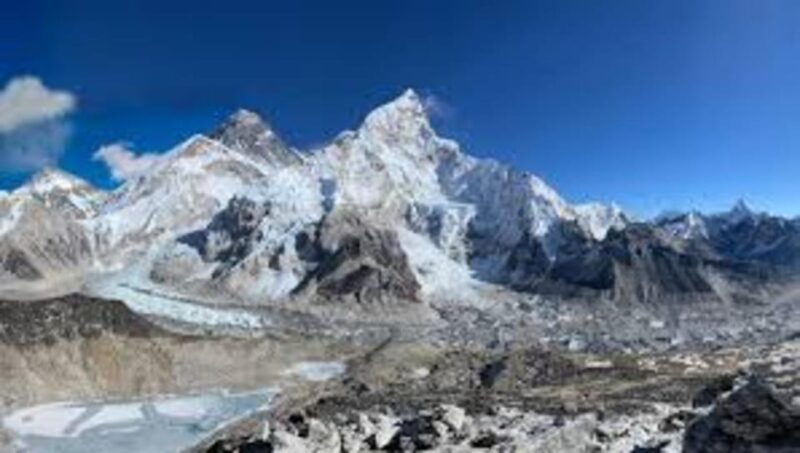
- The Everest Base Camp Trek spans 17 days, starting from Kathmandu and includes a flight to Lukla.
- Base camp is located at an elevation of 5,364 meters, requiring good physical fitness and acclimatization.
- Key highlights include stunning views of Ama Dablam, Nuptse, and visits to cultural sites like Tengboche Monastery.
- Essential preparations involve layered clothing, sturdy hiking boots, hydration, and understanding local Sherpa customs.
- The best trekking seasons are autumn (September to November) and spring (March to May) for optimal weather conditions.
Overview of the Trek
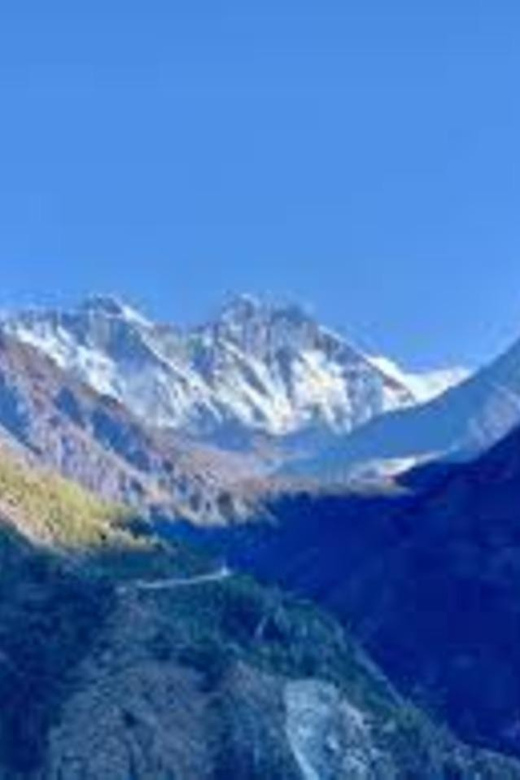
Embarking on the Everest Base Camp Trek offers adventurers a chance to experience breathtaking Himalayan landscapes while seeing the rich Sherpa culture along the way.
Spanning 17 days, this trek challenges trekkers with an elevation of 5,364 meters at the base camp. The journey begins in Kathmandu and includes flights to Lukla, where the trail unfolds through picturesque villages and ancient monasteries.
It’s essential to prepare physically for high-altitude trekking, ensuring proper acclimatization to avoid altitude sickness. Packing the right gear, like comfortable shoes and warm clothing, is crucial.
Travelers should also embrace the local customs, respect the environment, and savor the unique flavors of Sherpa cuisine during their adventure.
You can also read our reviews of more hiking tours in Kathmandu
Detailed Itinerary
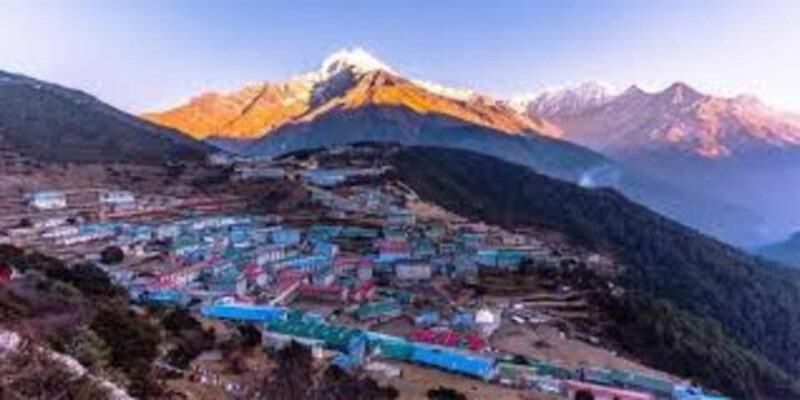
The detailed itinerary for the Everest Base Camp Trek outlines each day’s adventure, balancing rigorous trekking with opportunities to soak in the stunning scenery and rich Sherpa culture.
Travelers will experience a well-structured plan that ensures both challenge and enjoyment. Here are three highlights:
-
Acclimatization Days: Scheduled in Namche Bazaar and Dingboche, these breaks help trekkers adapt to altitude and explore local culture.
-
Scenic Flights: A thrilling flight from Kathmandu to Lukla sets the stage for this unforgettable journey.
-
Cultural Insights: Visits to ancient monasteries, like Tengboche, deepen understanding of the Sherpa way of life.
Each day offers a blend of physical challenge and culture, making it a truly enriching experience.
Trekking Experience Highlights
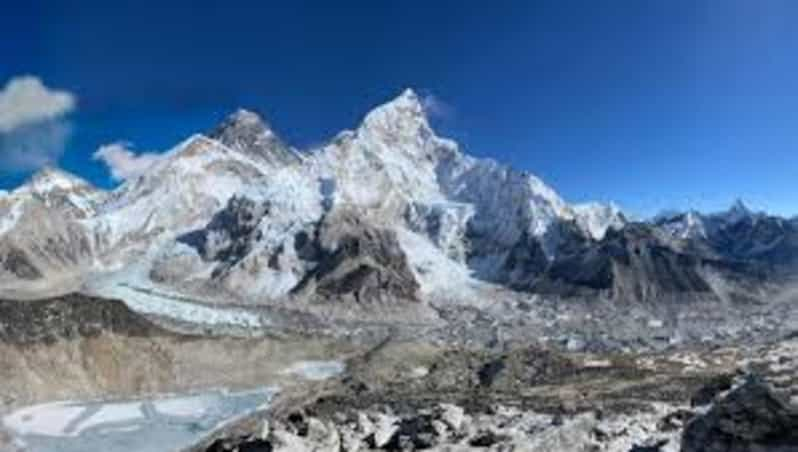
Trekking to Everest Base Camp offers an exhilarating blend of breathtaking scenery, rich Sherpa culture, and the thrill of standing at the foot of the world’s highest peak. Travelers encounter stunning views of majestic mountains like Ama Dablam and Nuptse, alongside ancient monasteries such as Tengboche. The journey is not just about reaching the destination; it’s about immersing oneself in the vibrant local culture.
Here’s a quick overview of trekking highlights:
| Location | Elevation (meters) | Key Features |
|---|---|---|
| Phakding | 2,632 | Lush landscapes and villages |
| Namche Bazaar | 3,440 | Sherpa culture and markets |
| Tengboche | 3,780 | Monastery with Everest views |
| Lobuche | 4,940 | Proximity to glaciers |
| Everest Base Camp | 5,364 | Iconic destination |
Inclusions and Exclusions
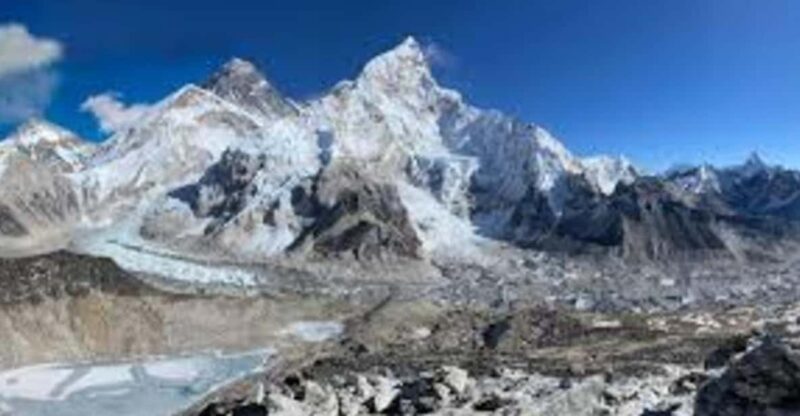
When planning the Everest Base Camp trek, travelers should take a close look at what’s included and what’s not in the package to ensure a smooth journey. Understanding these details can help avoid surprises along the way.
Here’s a quick breakdown:
-
Inclusions: Hotel pickup, 12 nights of accommodations, and meals during trekking (breakfast only).
-
Exclusions: Lunch and dinner, drinks, and personal expenses.
-
Additional Notes: Travel insurance and tips for the guide and porter are also not included.
Preparation Tips
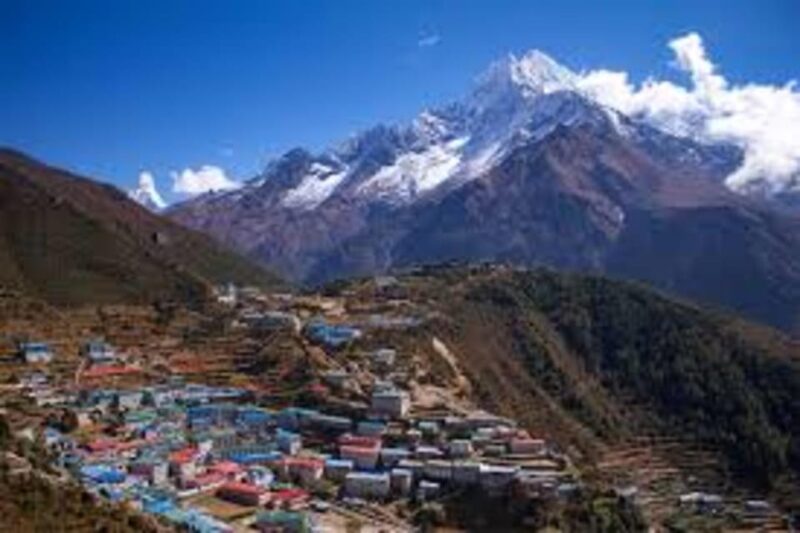
Preparing for the Everest Base Camp trek requires careful attention to physical fitness and proper acclimatization to ensure a safe and enjoyable adventure.
Trekking at high altitudes can be demanding, so travelers should engage in regular cardio exercises and strength training to build stamina. It’s wise to start acclimatizing weeks before the trek by hiking gradually in higher altitudes.
Plus, learning about Sherpa culture can enhance the experience; understanding local customs and language basics can foster respect and connection with the community.
Hydration is crucial too—drink plenty of water to combat altitude sickness.
Lastly, staying flexible with plans can help travelers adapt to changing weather conditions, ensuring a smoother journey to Everest Base Camp.
Packing Essentials

Packing smartly for the Everest Base Camp trek can significantly enhance the overall experience, ensuring trekkers are well-equipped to handle the varying weather and terrain.
It’s crucial to pack light but efficiently, focusing on essentials that offer comfort and protection.
Here are three must-have items:
-
Layered Clothing: The weather can change rapidly. Layering allows trekkers to adjust to temperature shifts while staying warm.
-
Sturdy Hiking Boots: Good footwear is vital. Trekkers should choose boots that provide support and grip for uneven trails.
-
Water Purification System: Staying hydrated is key. A portable filter or purification tablets can make water safe to drink.
These essentials not only improve safety but also enrich the cultural experience as trekkers interact with local vendors and communities along the route.
Important Considerations
Trekking to Everest Base Camp requires trekkers to be in good physical shape and ready to acclimatize properly to avoid altitude sickness.
It’s crucial to listen to your body and take rest days seriously, especially in areas like Namche Bazaar and Dingboche.
Packing wisely can make all the difference; trekkers should bring sturdy shoes, warm layers, a good hat, and sunscreen.
Remember, the environment is sacred—no smoking, drinking, or littering is allowed.
Embracing local customs and respecting the Sherpa culture enriches the experience.
Also, it’s important to stay hydrated and carry snacks to maintain energy during long days of trekking.
With the right preparation and respect, trekkers can enjoy this unforgettable journey.
Best Time to Trek

Choosing the right time for the Everest Base Camp trek can significantly enhance the experience, with autumn being the most favorable season due to its clear skies and comfortable temperatures.
Trekking in autumn, from September to November, allows adventurers to soak in stunning mountain views without the hassle of rain or snow.
Here are three key points to consider:
-
Spring Season (March to May): This period offers blooming rhododendrons and moderate weather, but can be busy with trekkers.
-
Monsoon Season (June to August): Expect heavy rainfall, making trails slippery and visibility poor.
-
Winter Season (December to February): While the trails are less crowded, harsh weather can pose serious challenges.
Choosing wisely ensures an unforgettable trek!
Frequently Asked Questions
What Is the Fitness Level Required for the Trek?
For this trek, he’s gotta be in good shape. Regular cardio and strength training helps. Altitude’s tough, so acclimatization’s key. It’s about endurance, not just fitness—embracing the local culture makes it even more rewarding!
Are There Any Age Restrictions for Participants?
There’re age restrictions for participants. Travelers under 12 can’t join the trek, ensuring safety and comfort. It’s important to respect these guidelines, as they help maintain a positive experience for everyone involved.
How Do I Handle Altitude Sickness if It Occurs?
When altitude sickness strikes, he should rest immediately, hydrate, and descend if symptoms worsen. Taking it slow and allowing time for acclimatization can help avoid serious issues, ensuring a more enjoyable trekking experience ahead.
Can I Hire Additional Porters or Guides?
He can definitely hire additional porters or guides. It’s a common practice, ensuring a smoother trek. Hiring locals not only eases the load but also supports the community, enriching the entire trekking experience.
What Are the Options for Emergency Evacuation During the Trek?
During the trek, options for emergency evacuation include helicopter services and trained guides who can assist. It’s crucial to discuss procedures with the guide, ensuring everyone knows how to respond to emergencies effectively.
Recap
To sum it up, the Everest Base Camp Trek offers an unforgettable journey that combines stunning landscapes, rich Sherpa culture, and a sense of accomplishment.
With the right preparation and a spirit of adventure, trekkers can create lasting memories while standing at the foot of the world’s highest peak.
Whether you’re soaking in the views or sharing stories with locals, this trek will leave you with a deeper appreciation for both nature and the vibrant culture of Nepal.
You can check availability for your dates here:More Hiking & Trekking Tours in Kathmandu
More Tour Reviews in Kathmandu
Not for you? Here's more nearby things to do in Kathmandu we have reviewed
- From Lukla: Everest Base Camp (EBC) 10-Day Trek
- Kathmandu : Everest Mountain Flight – with Private Transfers
- Full Day : Kathmandu Sightseeing By Bus Day Trip
- Kathmandu: 7 UNESCO World Heritage Sites Day Tour
- Kathmandu: 8-Day Langtang Valley Trek with Transfers
- Thamel Rickshaw Tour
- Everest View Motorbike Tour- 6 Days
- Kathmandu: Top 4 UNESCO Sites Private/Group Tour with Lunch
- From Oceans to Mountains-9 Days (Nepal Guided Tour)
- From Kathmandu: Everest Base Camp Helicopter Tour landings
- Kathmandu: Food and Drink Walking Tour
- Life and spirituality tour of Kathmandu
